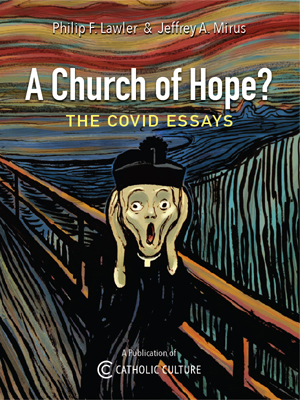Our Lady of Iviron
by Zsolt Aradi
Our lady of Iviron is the famous wonder-working icon of Our Blessed Mother, which was formerly kept in a special small chapel at the gate to the Red Square in Moscow, and venerated as the special protectress of Moscow. Iviron, means of Georgian origin. There was no Tsar who would come to the city of Moscow without first driving to this shrine and offering his homage. Before the 1917 revolution, men and women flocked to this little chapel to offer their prayers to Our Lady. But the miraculous image was not confined to this chapel at the gates of the city. The Madonna of Iviron was borne away each day in a stagecoach, drawn by six horses, to visit the houses of the sick, to bless with her presence a wedding, a christening, or some other great religious celebration. While this original was carried around, a copy of the sacred image replaced it in the shrine.
The Iviron Madonna is a copy of the famous icon that rests in the Greek Orthodox monastery of Iviron on Mount Athos. This monastery was founded in the tenth century by three Georgian monks.
The Mount Athos community of Greek Orthodox monks most probably became a general monastery when the individual hermits who chose this secluded spot decided to create a community.
Athos is a small tongue of land projecting from high mountains into the Aegean Sea. The city of the orthodox monks comprises about 120 monasteries, housing approximately four thousand monks. All monasteries are dedicated to the Holy Virgin, Mother of God.
In the year 999, the monks observed a flaming shape on the ocean; at the same time, the Mother of God appeared in the dream of an old Georgian hermit monk named Gabriel who lived in the monastery of the Georgians in the Mount Athos community. The Mother of God ordered the Georgian monk to go to the seashore, walk on the waves and retrieve the icon. The old Georgian acted accordingly before the astonished eyes of the people. He walked on the surface of the water, took the icon and brought it to the altar in the church of the Georgian monastery of the Iberians.
At the beginning of the seventeenth century, Tsar Alexis of Russia suddenly fell ill. Compelled by an inner conviction, he asked that the Virgin of the Gate be brought from Athos to heal him. The monks, however, were not willing to separate themselves from the cherished protectress of their gate. They decided that a special copy be made.
The copy was carried to Moscow in 1648 and the Tsar was cured instantly. After that, the holy image was placed in the little chapel on the square before the Kremlin and it became a sign of safety, a place of repose for the people. Following the Bolshevik Revolution of 1917, the Moscow chapel of the Iviron Madonna was destroyed, but loving hands saved the icon and for many years it was hidden away in the closed Donskoi monastery. In 1943, it was moved to the Sokholniki Cathedral and Moscow believers pray there, to their beloved protectress.
This item 3201 digitally provided courtesy of CatholicCulture.org






